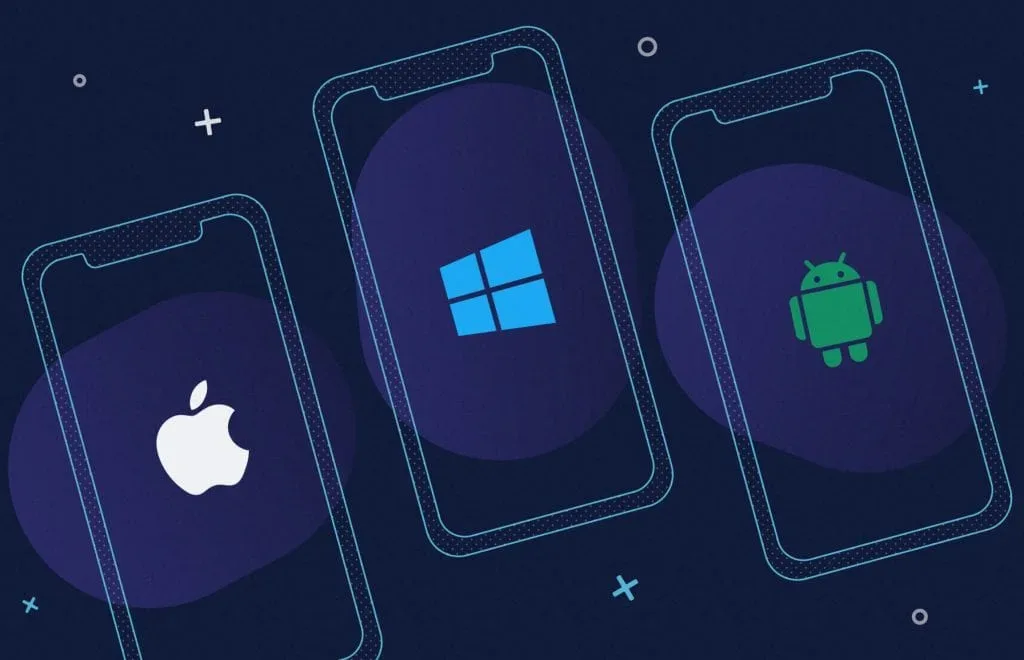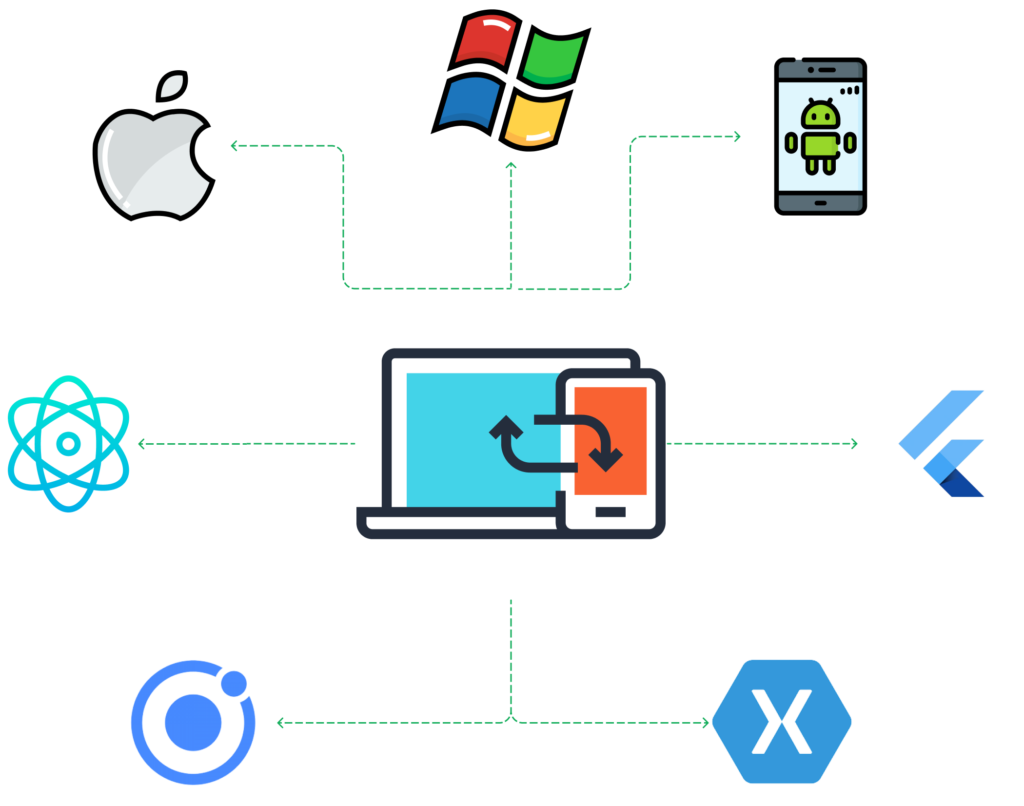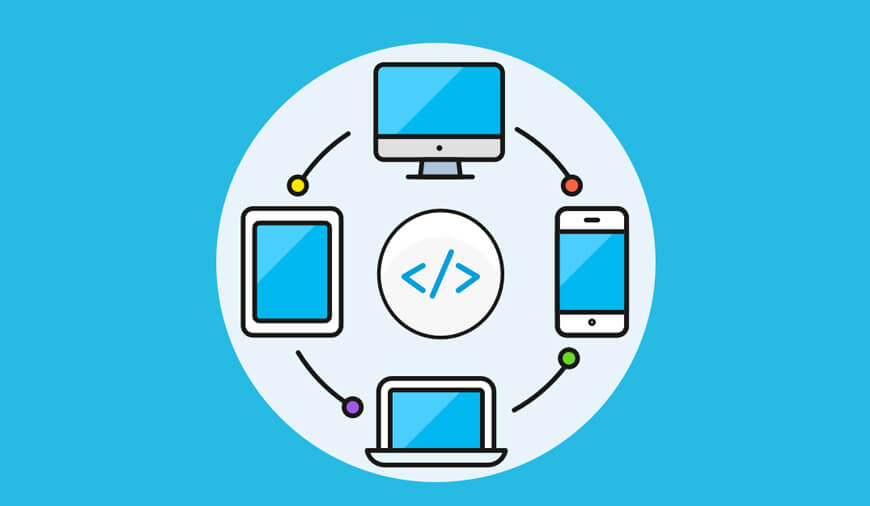
In the ever-evolving landscape of mobile app development, one of the pivotal decisions that developers face is choosing between cross-platform and native development. Both approaches have their merits and trade-offs, making the decision a critical factor in the success of your mobile app. As businesses strive to reach a wider audience and deliver seamless user experiences, understanding the nuances of cross-platform and native development becomes imperative.
Understanding Cross-Platform Development:
Definition:
Cross-platform development involves creating mobile applications that can run on multiple operating systems using a single codebase. This approach aims to streamline the development process, allowing developers to write code once and deploy it across various platforms.
Key Technologies:
React Native:
- To create native-like apps for iOS and Android, Facebook developed React Native.
- Offers a “write once, run anywhere” philosophy.
Flutter:
- Google created Flutter, which uses the Dart programming language to produce natively compiled applications for mobile, web, and desktop from a single codebase.
- Emphasizes a rich set of pre-designed widgets for a consistent look and feel.
Xamarin:
- Microsoft acquired Xamarin, which enables developers to use C# and .NET to create native apps for iOS, Android, and Windows.
- Leverages a shared codebase, enabling efficient development.
Advantages of Cross-Platform Development:
Cost-Effectiveness:
- Developing a single codebase significantly reduces development costs compared to maintaining separate codebases for each platform.
Faster Time-to-Market:
- With shared code, developers can release apps across multiple platforms simultaneously, accelerating the time-to-market.
Easier Maintenance:
- Updates and bug fixes can be applied universally, simplifying maintenance tasks and ensuring consistency across platforms.
Broader Reach:
- Cross-platform development enables reaching a wider audience by catering to users on both iOS and Android devices.
Challenges of Cross-Platform Development:

Performance Limitations:
- Cross-platform frameworks may not match the performance levels achieved by native development, especially for graphics-intensive or resource-demanding applications.
Limited Access to Native Features:
- Some advanced features or hardware-specific functionalities may be challenging to access through cross-platform frameworks.
Dependency on Third-Party Tools:
- Developers often rely on third-party plugins or tools, which may not be as stable or up-to-date as their native counterparts.
Native Development: Harnessing Platform-Specific Capabilities
Definition:
Native development involves creating separate versions of an app for each target platform, utilizing platform-specific programming languages and tools. This approach ensures maximum performance and allows developers to leverage all the features provided by each operating system.
Key Technologies:
Swift (iOS):
- Apple’s programming language for iOS app development, is known for its performance and modern syntax.
Kotlin/Java (Android):
- Kotlin, officially supported by Google, and Java are the primary languages for Android app development.
Advantages of Native Development:
Optimized Performance:
- Native apps are tailored for specific platforms, resulting in superior performance and responsiveness.
Access to Platform-Specific Features:
- Developers can harness the full spectrum of features provided by iOS and Android, ensuring a rich and native user experience.
Better User Interface:
- Native development allows for precise customization of UI elements, ensuring seamless integration with the platform’s design principles.
Robust Ecosystem Support:
- Native development benefits from strong community support, extensive documentation, and timely updates from platform providers.
Challenges of Native Development:

Higher Development Costs:
- Building separate codebases for iOS and Android requires more time and resources, leading to higher development costs.
Extended Time-to-Market:
- Developing and optimizing apps for each platform individually can result in a longer time-to-market compared to cross-platform development.
Maintenance Complexity:
- Updates and bug fixes must be applied separately to each version of the app, potentially leading to maintenance challenges.
Choosing the Right Approach for Your Mobile App:
The decision between cross-platform and native development depends on various factors, including project requirements, budget constraints, and target audiences. In part two of this article, we will explore a comprehensive guide to help you make an informed decision based on your specific needs. Stay tuned for a deep dive into the critical considerations that will shape the destiny of your mobile app.
Closing Thoughts:
Cross-platform and native programming are both important parts of making mobile apps, but each has its own pros and cons. Cross-platform development with frameworks like React Native, Flutter, and Xamarin speeds up the time it takes to get an app on the market and improves the development process. However, it can be slow and reliant on third-party tools, which can cause problems. Native development, which uses Swift for iOS and Kotlin/Java for Android, gives you better speed, features that work only on that platform, and a custom user interface. However, it may cost more to make, take longer to get to market, and be harder to maintain. The choice should fit the goals of the project, the budget, and the audience that the project is meant for.


